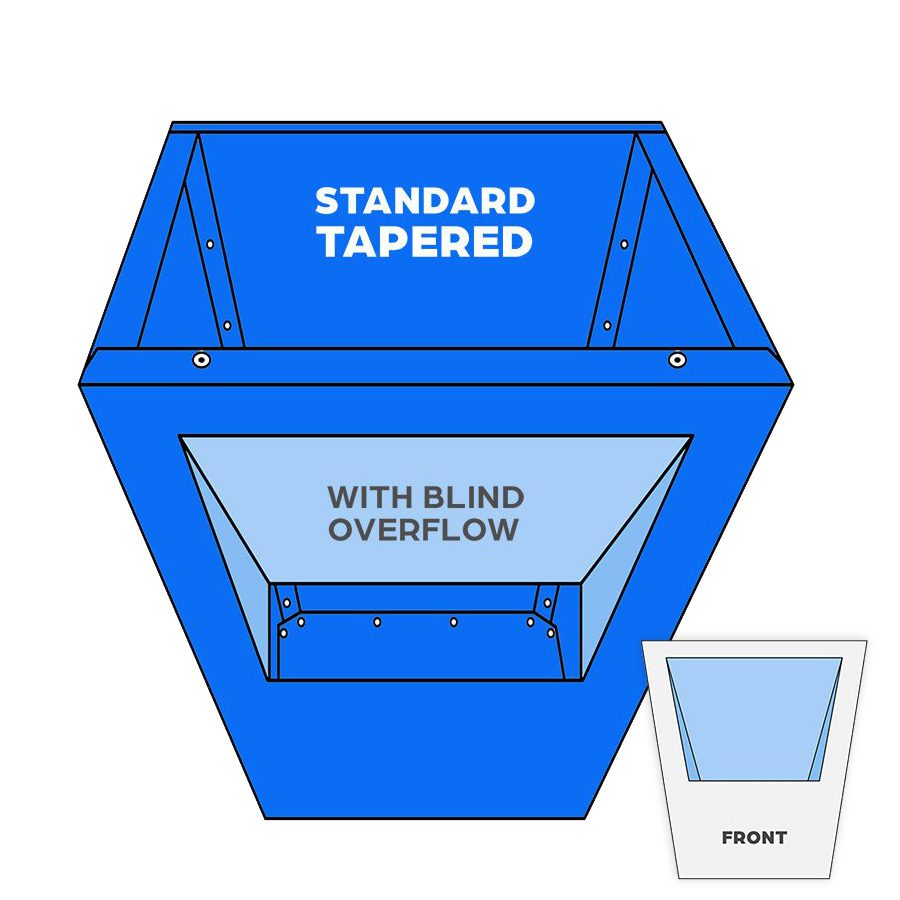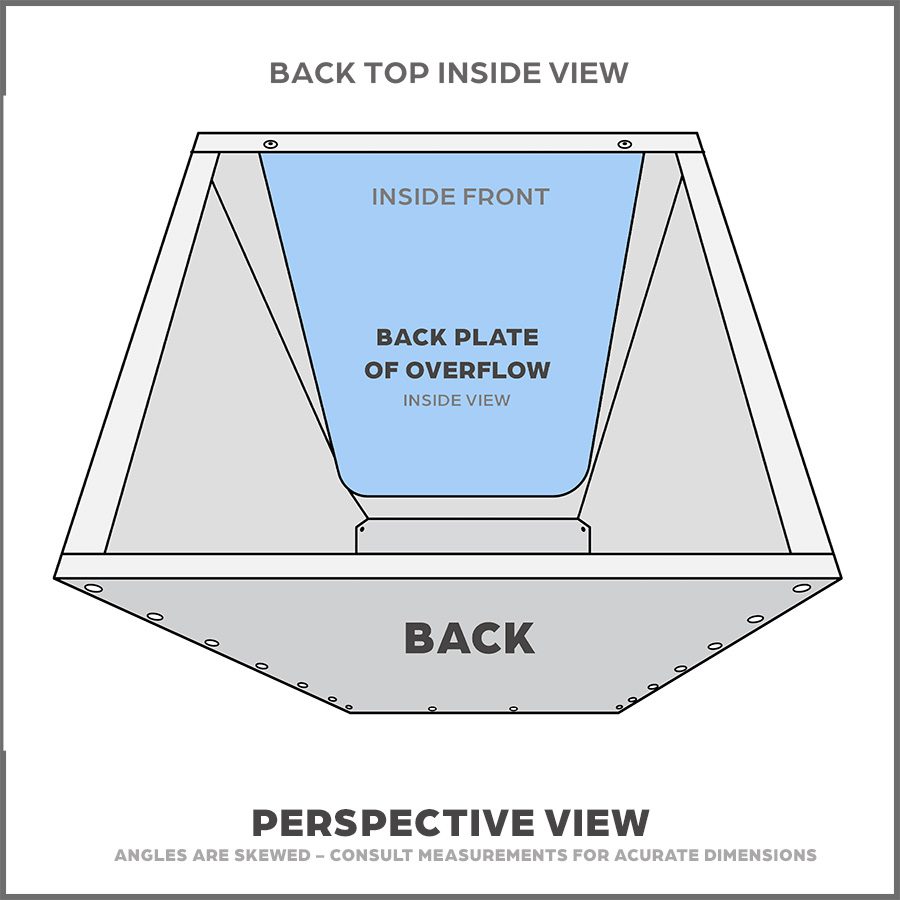Roof Plumbing: A Comprehensive Guide
Rainheads> Dam Buster Rain Heads> Mini Vents> Commercial Rotary Roof Vents>
In the vast expanse of Australia, where the sun beats down relentlessly and the rains can pour with wild abandon, the integrity of a home’s roof is of paramount importance. From the choice of materials to the skilled hands that craft and maintain it, every aspect of roofing and plumbing plays a crucial role in keeping Australian homes safe, comfortable, and enduring.
Is a Roof Plumber the Same as a Plumber?
Let’s start with the basics. While both roof plumbers and plumbers work with pipes and water systems, their focus areas differ. A plumber typically deals with indoor plumbing, such as installing and maintaining water supply and drainage systems within the confines of a building. On the other hand, a roof plumber specializes in the installation, repair, and maintenance of roof-related plumbing systems, including gutters, downpipes, and roof flashings.
Materials for Roof Framing in Australia
The backbone of any sturdy roof is its framing. In Australia, the most commonly used material for roof framing is timber. Timber framing offers a balance of strength, durability, and cost-effectiveness, making it a popular choice for residential construction across the country.
Components of Roof Plumbing
Roof plumbing encompasses various components essential for effective water management and drainage. These include gutters, downpipes, rainheads, flashing, and overflow relief devices. Each component plays a vital role in channeling rainwater away from the roof and foundation of the building, thereby preventing water damage and maintaining structural integrity.

Roofing Materials in Australia
Australian roofs come in a diverse array of materials, each with its unique characteristics and benefits. Common options include Colorbond steel, tiles (both concrete and terracotta), and corrugated metal. The choice of material often depends on factors such as climate, budget, aesthetic preferences, and structural requirements.
Cheapest Roof Line and Hardest Roof to Build
The cheapest roof line and the hardest roof to build can vary depending on several factors, including the size and complexity of the roof, the chosen materials, and the skills of the builder. Generally, simpler roof designs with fewer angles and features tend to be more cost-effective, while complex roof structures with intricate details may pose greater challenges during construction.

Is Roof Plumbing Hard?
Roof plumbing can be physically demanding and requires specialized knowledge and skills. Working at heights and in varying weather conditions adds to the complexity of the job. However, with proper training, experience, and safety precautions, roof plumbing can be a rewarding and fulfilling career path.
Difference Between a Roofer and a Roof Plumber
While both roofers and roof plumbers work on roofs, their roles differ significantly. Roofers focus on the installation and repair of the roof covering itself, such as tiles, shingles, or metal sheets. In contrast, roof plumbers specialize in the installation and maintenance of roof-related plumbing systems, including gutters, downpipes, and flashings.
Plumbing Pipes Coming Out of the Roof
The plumbing pipe coming out of your roof is likely a vent pipe or a soil stack. These pipes allow sewer gases to escape from the plumbing system safely and help maintain proper air pressure within the drainage system, preventing odors and clogs.
Best Roof Types in Australia
Choosing the best roof type for your home in Australia depends on various factors, including climate, budget, aesthetics, and maintenance requirements. Colorbond steel roofs are popular for their durability, versatility, and wide range of colors. Tile roofs, both concrete and terracotta, offer a timeless appeal and excellent thermal insulation properties.
Australian Standards for Roof Construction and Licensing Requirements
Roof construction in Australia is governed by various standards and regulations, including those set by the Australian Building Codes Board (ABCB) and relevant state or territory building authorities. In most jurisdictions, roofers and roof plumbers are required to hold appropriate licenses or certifications to ensure compliance with safety and quality standards.
Old Names for Plumbers and Slang Terms
In the past, plumbers were sometimes referred to as “water mechanics” or simply “plumbum,” derived from the Latin word for lead, which was historically used for plumbing pipes. As for slang terms, “dunny diver” and “s*** shoveler” have been used colloquially to refer to plumbers, albeit less commonly today.
Sarking, Roof Pitch, and Downpipes
Sarking, a reflective foil insulation material, is often installed beneath roofing materials to improve energy efficiency and provide additional protection against moisture and heat. The minimum roof pitch required in Australia varies depending on the roofing material used and local building codes. Downpipes, integral components of roof plumbing, are responsible for carrying rainwater from gutters down to the ground or drainage system.
Easiest DIY Roofs and Long-lasting Options
Simple, gable roofs with minimal features are generally considered easier for DIY installation. However, it’s essential to exercise caution and follow proper safety procedures when working at heights. For long-lasting durability, Colorbond steel roofs are highly regarded for their resistance to corrosion, fading, and weathering, making them a popular choice for Australian homes.
Cost of Timber Framing and Why Tin Roofs Are Common
The cost of timber framing per square meter in Australia can vary depending on factors such as timber species, size, and complexity of the structure. Tin roofs, or more accurately, metal roofs, are common in Australia due to their durability, lightweight, and ability to withstand harsh weather conditions, including intense heat, strong winds, and heavy rainfall.
Colorbond Roof Sheeting and Its Composition
Colorbond roof sheeting is made from pre-painted steel coated with a zinc-aluminium alloy to enhance corrosion resistance. It is then coated with a primer and topcoat containing specially developed pigments to provide color and additional protection against fading, chipping, and peeling.
Earnings of Roof Plumbers in Australia
The earnings of roof plumbers in Australia can vary depending on factors such as experience, qualifications, location, and the complexity of the projects they undertake. Generally, roof plumbers can expect to earn competitive wages, with opportunities for advancement and specialization in niche areas of the industry.
In conclusion, the world of Australian roofing and plumbing is a multifaceted landscape encompassing a diverse range of materials, techniques, and regulations. Whether you’re contemplating a new roof installation, seeking to understand the intricacies of roof plumbing, or simply curious about the terminology and practices in the field, this comprehensive guide aims to shed light on the mysteries and nuances of this vital aspect of Australian construction and maintenance.



